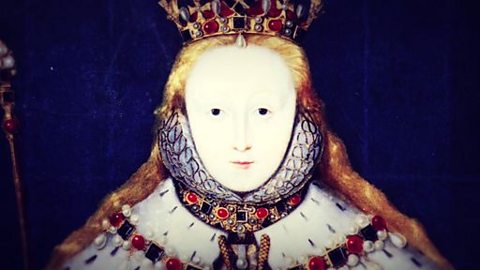Unfortunately, society today is full of prejudice against different social groups, people of different races and religions. One example of this is discrimination against Jewish people, antisemitism. In trying to understand prejudice like antisemitism, historians like to look back in time to see if past events have anything to teach us about today.
For that, we need sources, and sometimes they can reveal that what might seem like a modern issue has been with us for a very long time. I am at the National Archives in Kew to find out what attitudes were like in medieval times. This is an exchequer roll from 1233, and it lists various payments made in the city of Norwich. What's really interesting about this source is this cartoon up at the top here.
This roll is a record of the taxes people paid. They're normally just text, so this drawing, or cartoon, is unusual and a bit of a mystery. We've got this man over in the corner. He's weighing some money in some scales. But he appears to have a little demon sitting with him. Archivists here believe this is a representation of Jewish moneylenders.
At the time, discrimination meant that Jewish people were restricted to certain jobs or professions. One of these was lending money, which was seen as immoral, even though many people and organisations, such as the Church, were dependent on it. And as we go through the cartoon, we see that this portrayal of Jewish moneylenders in particular is really quite horrible.
In the centre, we've got this demon or devil-like figure pointing at the noses of two people, and this refers to this historic and very nasty stereotype about the way Jewish people are supposed to look. Up at the top here, there's a man with three faces, so a man who's somebody not to be trusted. So just from this cartoon, we get a really strong impression about how Jewish people were being viewed, and it's not particularly pleasant.
No-one is quite sure who drew the cartoon, but it was probably someone who borrowed money and was resentful about paying it back. I want to know how representative this cartoon was. Is it a one-off, or does it represent more widespread medieval attitudes? To answer that, we've got to dig deeper, and that means more sources.
This parchment is around 800 years old. It's known as a "fine roll." It dates to the time of Henry III. And it lists fines paid to the monarch in return for religious freedom. And if we look through it, we can see again and again that the King is making large charges to Jewish people.
For example, we have one down here paid by Solomon le Eveske, and what it's saying is that the King wants all Jewish people collectively to pay 10,000 marks to him every year and he wants Solomon to pay £20 worth of this. And it's also saying, as well, that the King can raise or lower this tallage, as it's known, this amount of money.
But the fine rolls of Henry III show that over the next 20 years, this tallage or tax went up and up, meaning the burden on Jewish people became increasingly harsh. But what happens after Henry III dies in 1272 and his son takes power, Edward I? Does the situation get any better for the Jewish people?
In fact, the prejudice became even worse. This is clear from the many petitions of complaint to the King from Jewish people about the dreadful things that were happening to them. This source is written in Norman French, and it shows what's happening to the Jewish people.
It's saying that despite them having no malice, despite them paying the King's fines, they're being banished from Northampton. And if we look through the archive, we find more evidence of this discrimination.
If we look over here, we've got a petition to the King from 1290, and it describes a Jewish child being taken from a Jewry and he's forcibly baptised against the wishes of the father. It's clear that these complaints fell on deaf ears because the year 1290 saw the total expulsion of Jewish people.
Every Jewish person was thrown out of Britain and sent to European countries such as France and the Netherlands. They wouldn't be allowed back for more than 350 years.
So we can see that historians have to build up a jigsaw of ideas by looking at a range of sources, and though those sources might be very old and require painstaking study, they can reveal interesting parallels with the present.
Antisemitism remains a shocking prejudice, but the sources we've looked at today show that it was alive and well in medieval times.
Video summary
In this film, Dr Sam Caslin explores sources from The National Archives in Kew, that provide evidence that there were strong elements of antisemitism in 13th century England.
Her first source is a cartoon, which appears at the top of a Government Exchequer roll from 1233.
Normally these documents simply list the taxes paid, so the cartoon is unusual, and it also reveals attitudes at that time.
It depicts Jewish money-lenders in a stereotyped and prejudicial way.
Caslin then explores some further sources to determine how representative of medieval attitudes the cartoon was.
A second source shows that the financial penalties charged on Jewish people by the King at that time, Henry III, grew year on year and further sources showed that the Jewish people were petitioning the King to complain about their treatment.
Caslin explores two of these petitions: one in which Jewish people petitioned against being banished from the town of Northampton and another to complain that a Jewish child had been forcibly baptized against the wishes of the father.
This clip is from the series Hunting for History.
Teacher Notes
Pupils could be asked for modern examples of prejudice and discrimination that they know of or may have experienced.
They can then be asked whether they think the same prejudices were around in previous centuries and their reasons for their suggestions.
Then Source 1 will explain to them the nature and form of medieval antisemitism and they can compare past and present prejudice.
Pupils could then be asked whether they feel Source 1 alone is enough as evidence about antisemitism in the medieval period and suggest what other sources Sam might look at.
They can then decide whether they are more convinced after Source 2 and whether they agree with Sam’s conclusions.
This clip will be relevant for teaching KS3 History in England, Wales and Northern Ireland and 4th level People, past events and societies in Scotland.
Magna Carta. video
A look at what sources can tell us about the importance and origins of Magna Carta.

The British Civil Wars. video
An exploration of how sources can help us understand the impact of the British Civil Wars on ordinary men and women.
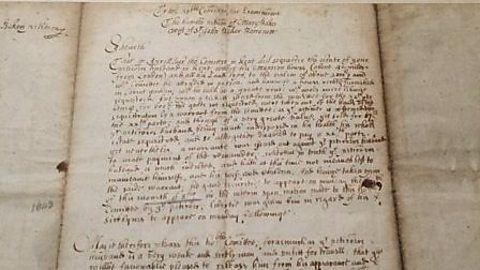
The lives of WW2 Evacuees. video
Explore what sources, such as photos and newspaper articles, can tell us about the experiences of children evacuated during World War 2.
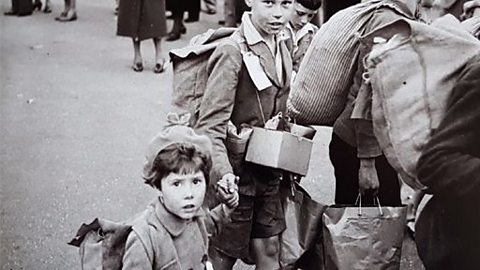
Transforming the health of Liverpool. video
Exploring what sources can reveal about the improvements to public health in Victorian Liverpool and the contribution of Britain’s first Public Health Officer, Dr Duncan.
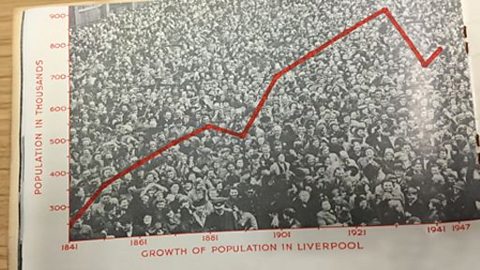
Burke and Hare. video
An exploration of how historical sources can help to explain the motivation for Burke and Hare’s 19th century killing spree in Edinburgh.
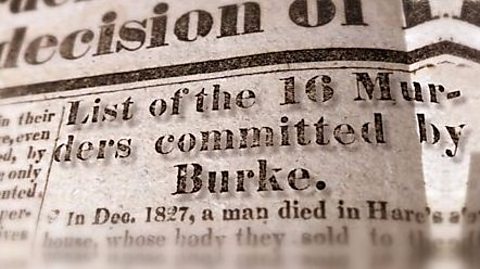
Elizabeth I. video
A look at what sources can reveal about the personality of Elizabeth I.
